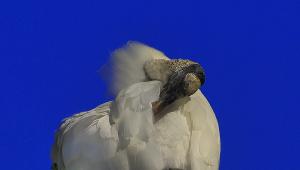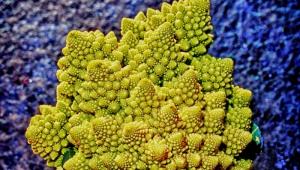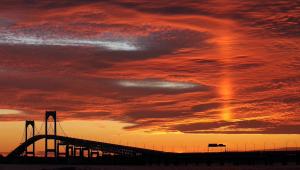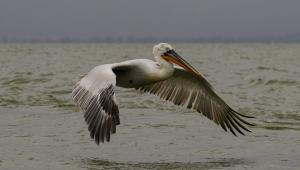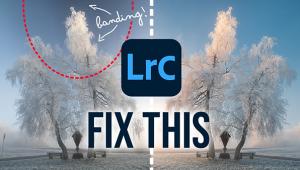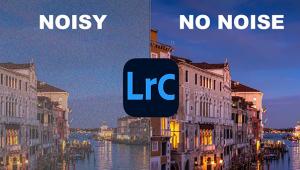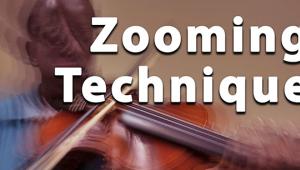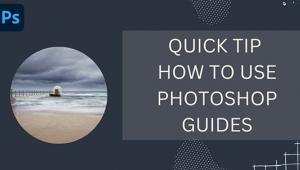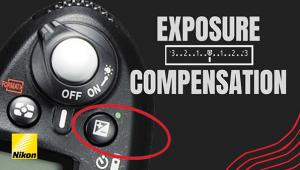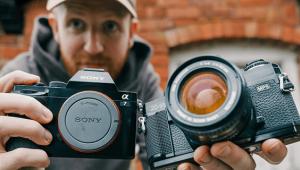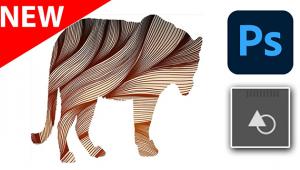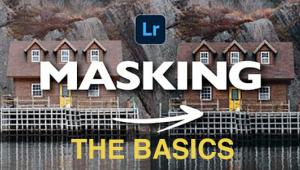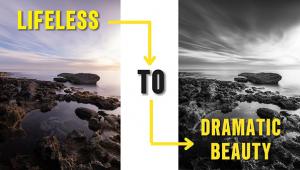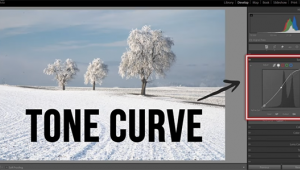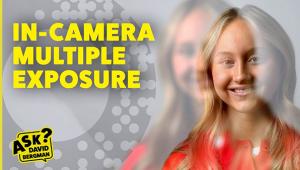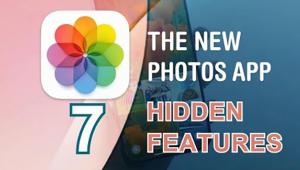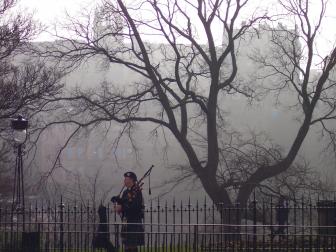I tend to use longer exposures.
Please briefly comment on how you manage and control noise in your shots.
- Log in or register to post comments

I just purchased a D200 which has very good noise reduction ability and I've been making use of the ability to somewhat control when/how it kicks in and have been very happy with the results. Obviously I shoot at the lowest iso possible, but a lot of what I do is indoor swimming meets and so even with a fast f2.8 lens I often find I need the high iso for acceptable shutter speeds. So for me, the noise reduction in the D200 is a real blessing.

For excessive noise levels, I use Neat Image and other noise filtering options in CS2. However, some images just look better with that grainy/noisy look intact, especially moody and intimate scenes at 1600-3200 ISO. It's an image by image judgement and not a rote process of reduction. I started using DSLRs by always recording in Raw format for the most immediate and long term processing flexibility. Best decision I've made - like undeveloped film as many times as you choose to return or revise the look of that negative image. Raw software has gotten better and better at bringing out the best in that file and how you choose to develop it. A little off the noise topic, but...

When I have to go to high ISO numbers as a desktop publishing artist I use either one of the Adobe programs or Paint Shop ProX1 both do a good job. I also use one of the Canon L series les as you know are very sharp lenses and then soften it in one of the above-mentioned programs. And lets face a little bit of noise is not the end of the world.

Because I am not sure how to reduce noise at high ISO, I don't use them or I print small, generally for the web. It would be nice to know how to manage noise effectively. With analog, I mostly shot high asa but with digital I don't. Why, because noise is ugly and grain was beautiful.

Since Canon (I use 350D) produces quite low noise images even at ISO 1600, I don't use any noise reduction programs (like Neat Image) for prints up to 13x18cm which I mostly prefer for general archiving purposes. I have got hundreds of ISO 800/1600 images that are not processed at all and looks very clean at 13x18cm prints. In my opinion, if correctly exposed (350D has bad noise in underexposed regions) by keeping an eye on histogram, there is no reason to get afraid of high ISO noises any more. For bigger prints I would certainly use Neat Image which is easy to deal with (and free). However those software are clearing the noise but losing some detail. As much as selective noise reduction not done (by using other pro software), there is no free lunch in the world of noise reduction.

Though I rarely use any ISO above 400 (not much of an indoor shooter), when I do, I'm generally not too displeased with the noise. It adds a certain atmospheric appeal to the images. In the rare case that I don't want the noise to be so prevalent (say, at 1600+), I just run it through Noise Ninja in CS2.


